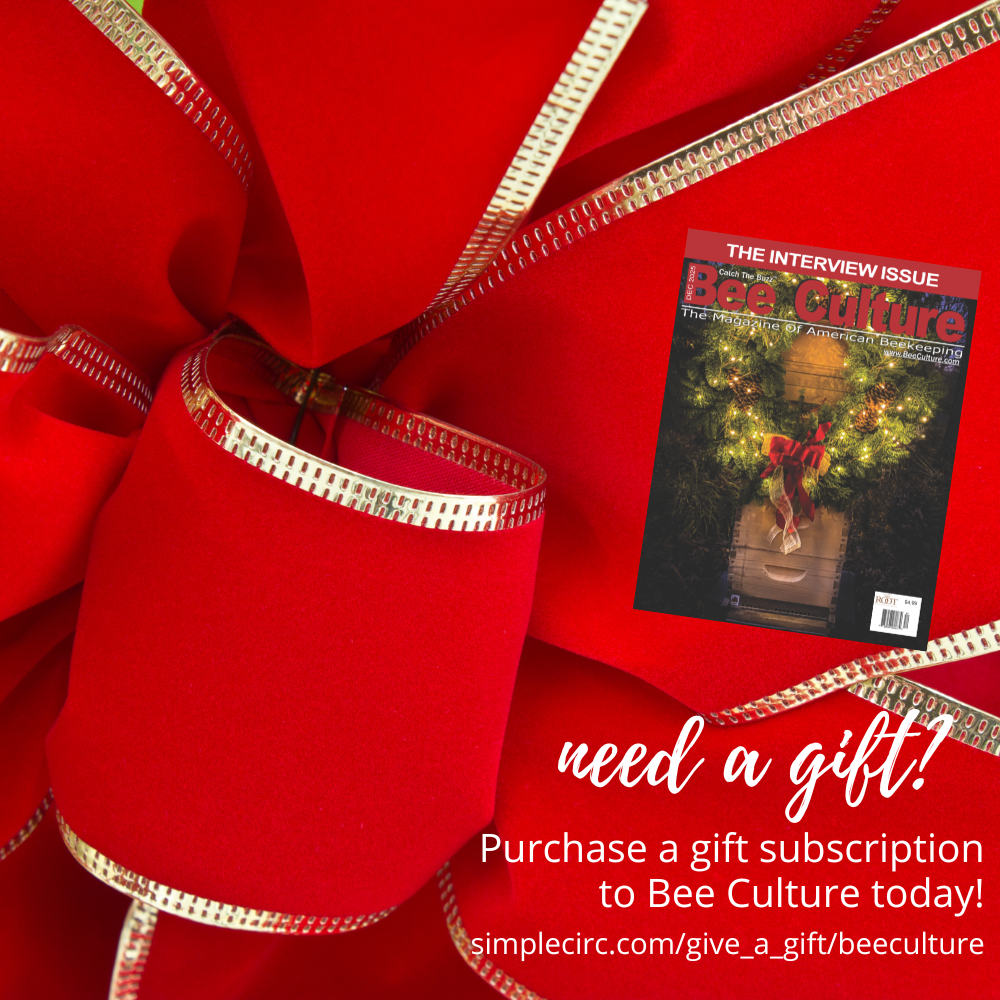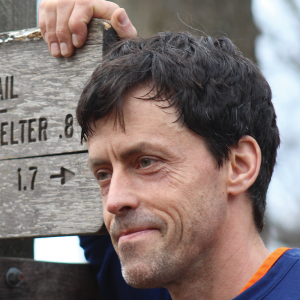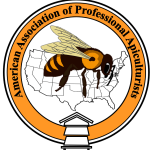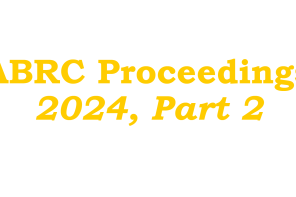History Tends To Repeat Itself
It can be easy to forget when working with honey bees that our human existence as their keepers pales before the time they kept themselves going just fine without us. Like other highly social insects, honey bees were widespread and important players in nature for millions of years before humans recognized them as a partner. This is not to understate the human:bee relationship; we have been friends with benefits for tens of thousands of years. Instead, picture the many millions of years honey bees have spent landing on flowers of plant species still found today. During all that time, honey bees faced diverse climate zones and seasonality similar to today’s. They battled at least some of today’s parasites and pathogens, and harbored versions of today’s symbiotic microbes. These relationships with the living and physical world pushed bees into most of the behaviors and physical traits we see now. In other words, this evolutionary history set the stage for many of the strengths and weaknesses of honey bees as a species, baggage we humans both exploit and struggle to ‘manage’.
Last month I highlighted Tom Seeley’s work on the biologies of successful feral and ‘alt-feral’ honey bee colonies. While I have long enjoyed Tom’s work and could write about it monthly, I was inspired to do that column largely thanks to a fascinating workshop Tom helped lead (with Professors Mark Winston, Marla Spivak, and an irrepressible beekeeping couple from California, Bonnie and Gary Morse, among others). This “Bee Audacious” workshop dug into some truly unique ideas for changing the beekeeping world, from Darwinian beekeeping to bees as spiritual guides (truly all sides were at the table and in respectful conversation). A key point of these discussions was that we ignore the long history of honey bees, their food sources, and their environment at our peril.
Evolutionary thinking with respect to bees is not completely novel. Charles Darwin mused about both flowers and social insects as he built the case for evolution. More recently, Marla Spivak brought many of us to our feet with her plea for ‘(r)evolutionary beekeeping’ almost two decades ago. What WAS novel and audacious was the effort to bring beekeepers, producers, and scientists into a secluded place and turn the screws to make them come up with some practical outcomes. A living conversation of this effort is on the web at Beeaudacious.com, including an extensive review drafted by Mark Winston and Nicole Armos from Simon Fraser University (http://beeaudacious.com/wp-content/uploads/2017/04/BA_Final_Reportv1.8.2opt.pdf).
In a similar vein, bee researchers Berry Brosi and Keith Delaplane and two disease-expert colleagues have just published an excellent overview of evolutionary thinking as applied to honey bee disease. This review is packed with insights into why mites and viruses are bad and getting worse for bees. In particular, management practices from colony crowding to shared equipment and imperfect disease controls can actually drive parasites such as mites and viruses to fight back with increased virulence as they race to beat our controls. As one example, periodic but ineffective treatments for mites can favor those mites that grow fastest in between applications. Racing the clock by parasites often leads to higher virulence or impacts on their hosts. This is on top of the frustrating evolution of resistance to the treatments themselves, a race that has us constantly searching for the next big thing in mite control. The review is behind a paywall at Nature Ecology and Evolution (www.nature.com/articles/s41559-017-0246-z) but if you contact the authors they can likely give you substantial details from this important paper.
So how can beekeepers and those who want bees and their fruits take advantage of history and the dynamic field of evolutionary biology? One way is to be open to change. Listen to both the young and old beekeepers in your circles who are trying new ways to manage colonies. Maybe this involves new approaches to swarming and splits, overwintering, queen replacement, and pest control. Maybe it involves tolerating an adverse trait that has an ancient record of helping bees (like sticky propolis?). For researchers, this might mean being open to test some of the more exotic new treatments for disease or nutrition. These are often derisively called ‘fairy dust’, although I prefer ‘magic potions’ since there is a human hand in their genesis, even if it feels like alchemy sometimes. One or more of these products will indeed provide a safe and effective aid to bees and many people are hard at work trying to identify those scarce winners. They are not a quiet bunch in general so you have likely seen this. The groups with the best chance to identify ‘out of the blue’ winners have a firm grasp on the evolution of their plant, microbial, even mushroom, sources and they are using these insights to knock down nature’s pharmacopeia to a size that works for real testing.
Evolutionary thinking can also help explain the vexing sensitivity of bees to agro-chemicals and to the rare plant nectars containing toxic compounds. As a needed partner to flowering plants, bees have historically received ‘the good stuff’, and their physiologies seem to reflect a naiveté toward chemical insults. One of the discoveries of the honey bee genome project was that bees indeed have fewer proteins known for detoxifying chemicals than do other insects (10.1111/j.1365-2583.2006.00672.x). Finally, to improve honey bees in the long term, breeders must build on existing traits controlled by a mess of intersecting chemical roads and protein pathways. To bring out the best traits takes care, since other less desired genetic traits can come along for the ride, or can slow down the spread of these winners. Since many genes need to be juggled to keep winning traits around, it is also incredibly hard to hang on to what you have in a breeding program. The best breeders will focus on traits that both respond to genetic pushes (e.g., are heritable) and are still expressed when the entropy of the real world hits them. In breeding and bee management we ignore history at our peril.
Jay Evans is the Research Leader for the USDA Honey Bee Lab in Beltsville, MD.











